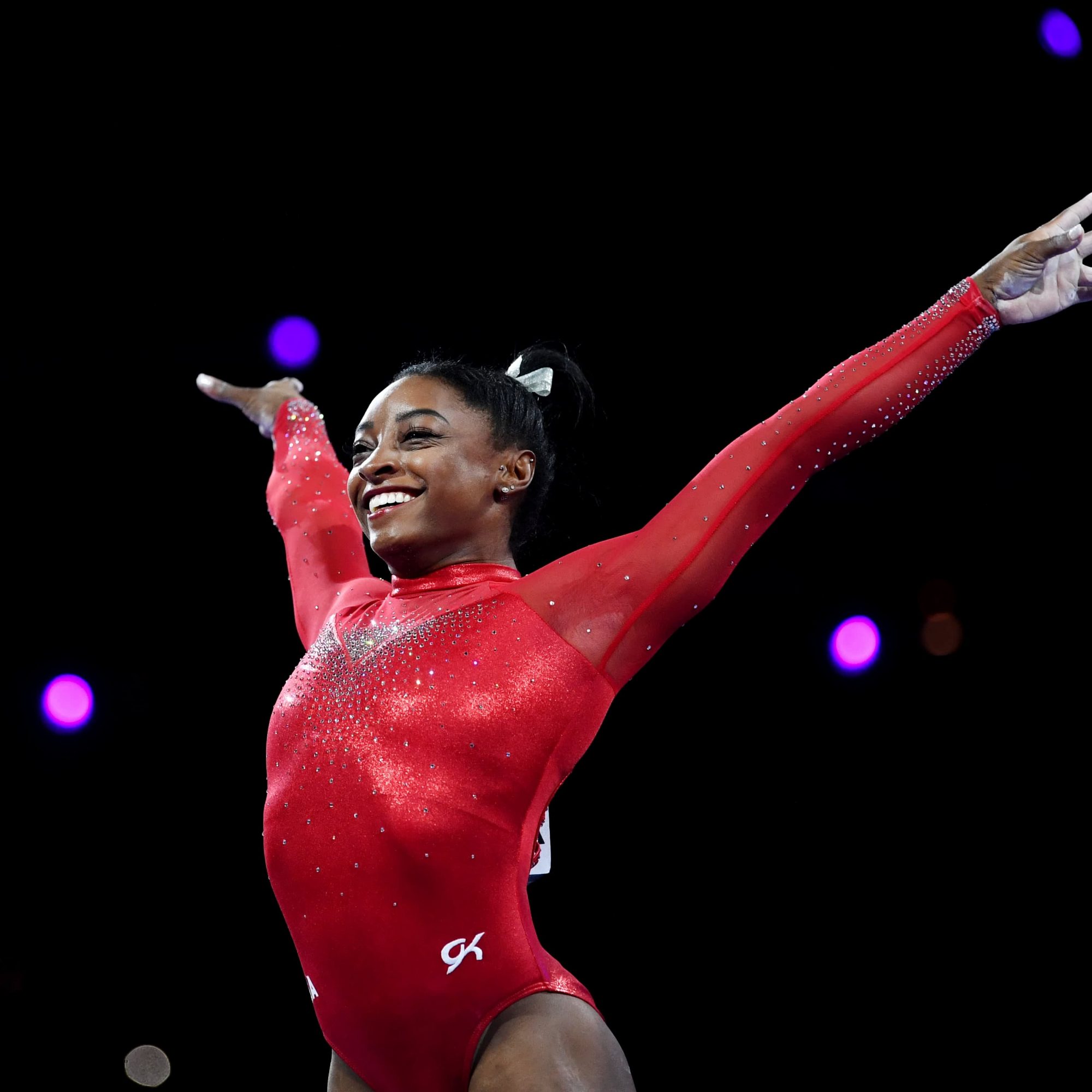
- POPSUGAR Australia
- Fitness
- Why Do We Criticise What Female Athletes Choose to Wear When They’re Doing Their Job?
Why Do We Criticise What Female Athletes Choose to Wear When They’re Doing Their Job?

Norway’s beach handball team has been fined €1500 (over $2000 AUD) by the European Handball Federation for its uniform.
During a European championship event in Bulgaria, the team — which consists of all women — wore blue bike shorts instead of the customary bikini bottoms and were fined on the basis of “improper clothing”.
Before the event, the Norweigan team asked the European Handball Federation to play in the shorts, as they were far more comfortable. The Federation responded by telling the team that the shorts breached the uniform rules and could result in fines. Norway’s beach handball team wore the shorts anyway to send a message to the Federation that women should be allowed to wear something that allows them to play comfortably.
Officials responded by saying that the shorts were not in line with the “Athlete Uniform Regulations defined in the IHF Beach Handball Rules of the Game”. These Uniform Regulations stipulate that men wear singlet shirts and shorts, while female athletes must wear tops and bikini bottoms.

The Regulations go so far as to describe the cut of the bikini bottoms, with the following uniform rules in place: “Female athletes must wear bikini bottoms… with a close fit and cut on an upward angle toward the top of the leg.”
The double standard of what male athletes can wear versus female athletes isn’t anything new. This is simply another example of female athletes being admonished for their wardrobe choices while they are trying to do their job.
Olivia Breen, a Welsh Paralympian, received similar criticism at a recent English Championships event.
Breen, who is a double world champion and Olympic bronze medallist, competed in a long jump event at the English Championships and was told by a female official that her “sprint briefs were too short and inappropriate”. The Paralympian was shocked at the comment, having worn the same style of briefs for years.
“I was left speechless,” Breen wrote on Twitter. “I have been wearing the same style spring briefs for many years and they are specifically designed for competing in. I will hopefully be wearing them in Tokyo. It made me question whether a male competition would be similarly criticised.

“I recognise that there needs to be regulations and guidelines in relation to competition kit but women should not be made to feel self-conscious about what they are wearing when competing but should feel comfortable and at ease.”
While Breen’s choice of clothing adhered to uniform regulations — not to mention it’s how she has dressed for all of her events in recent years — a female official still felt the need to criticise Breen for wearing something that she deemed “inappropriate”. The sprint briefs Breen wears are comfortable and allow her to do her job effectively — that should be enough to satisfy officials.
Serena Williams is another woman who is no stranger to criticism for her clothing choices at tennis tournaments. Over the years, Williams’ clothing and jewellery has been picked apart extensively, but no one seems to ask the most important question: Is it affecting Williams’ ability to do her job?
With 23 Grand Slam titles under her belt, we’re going to say no, it doesn’t. Williams wears clothing that makes her feel good, often adding jewellery and hair accessories to her outfits, and she appears to be pretty comfortable when competing in tournaments.
There is no better example of this criticism than at the 2018 French Open, when Williams wore a black catsuit. Williams gave birth to her daughter in September 2017 and suffered a pulmonary embolism after the delivery and has said that she nearly died. Following this, Williams revealed that she was having issues with blood clots, which informed her clothing choices.

“I’ve had a lot of problems with my blood clots, God I don’t know how many I’ve had in the past 12 months,” Williams said at a press conference in May 2018. “I’ve been wearing pants, in general, a lot when I play so I can keep the blood circulation going.”
After wearing the catsuit while competing at the French Open that year, French Tennis Federation President Bernard Giudicelli reportedly told a tennis magazine that the tournament would be introducing a dress code.
“I think we sometimes went too far,” he said. “The combination of Serena this year, for example, it will no longer be accepted. You have to respect the game and the place.”
Even with the context of Williams’ health issues, her decision to wear the catsuit shouldn’t be something that is policed. Unless it is affecting her from doing her job, why is it a topic of conversation? Andre Agassi wore Nike denim shorts while playing in the US Open in 1988 and this move lauded him as a style icon. Interesting, right?
Why do the men’s beach handball players get to wear shirts and shorts? When was the last time Novak Djokovic’s clothing choices were criticised? Why is it always women’s outfits that are commented on and women who are dictated to about what they can and can’t wear? Granted this is a much larger issue that feeds directly into patriarchy and the fact that women’s choices (and their bodies) have always been up for discussion in a public forum, but it’s enough now.
The fact of the matter is that these women are merely doing their jobs. These are professional athletes who are choosing garments that help them perform to the best of their ability, so who cares what they look like?


